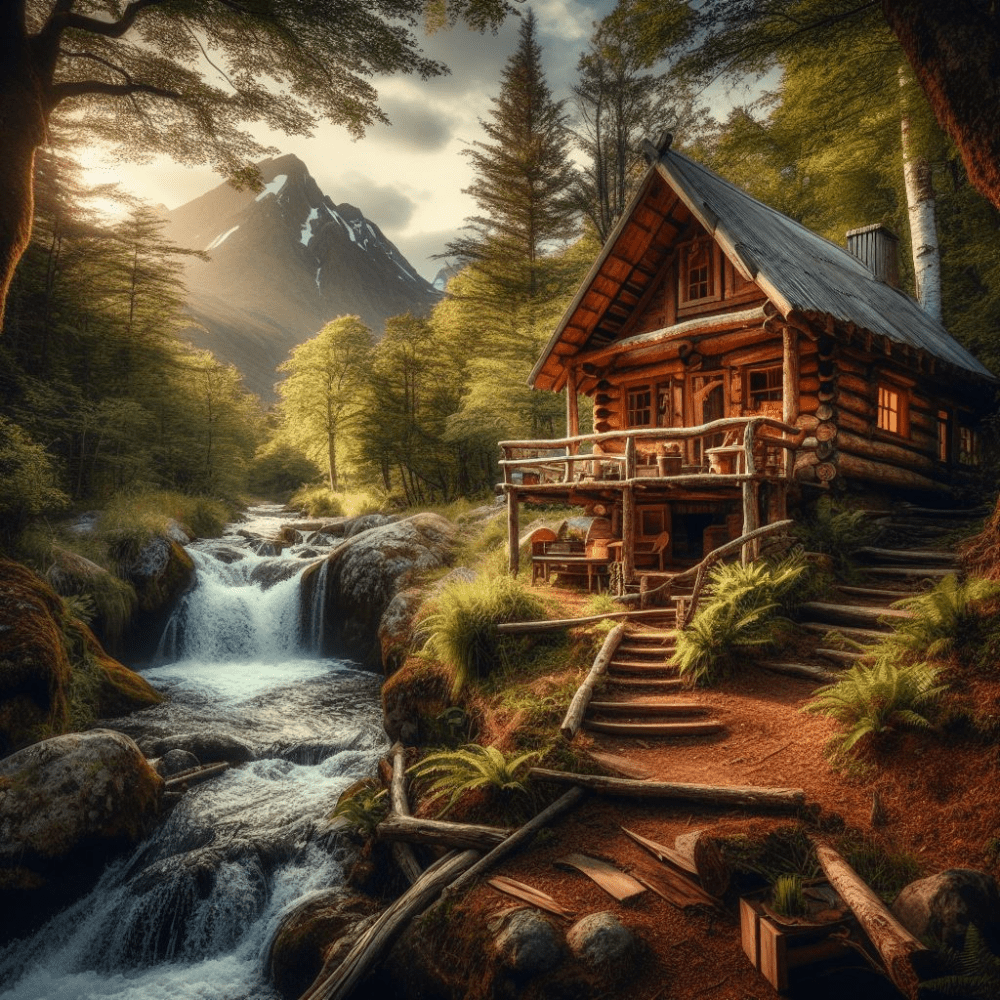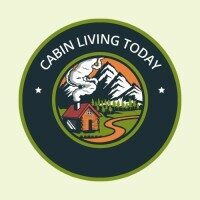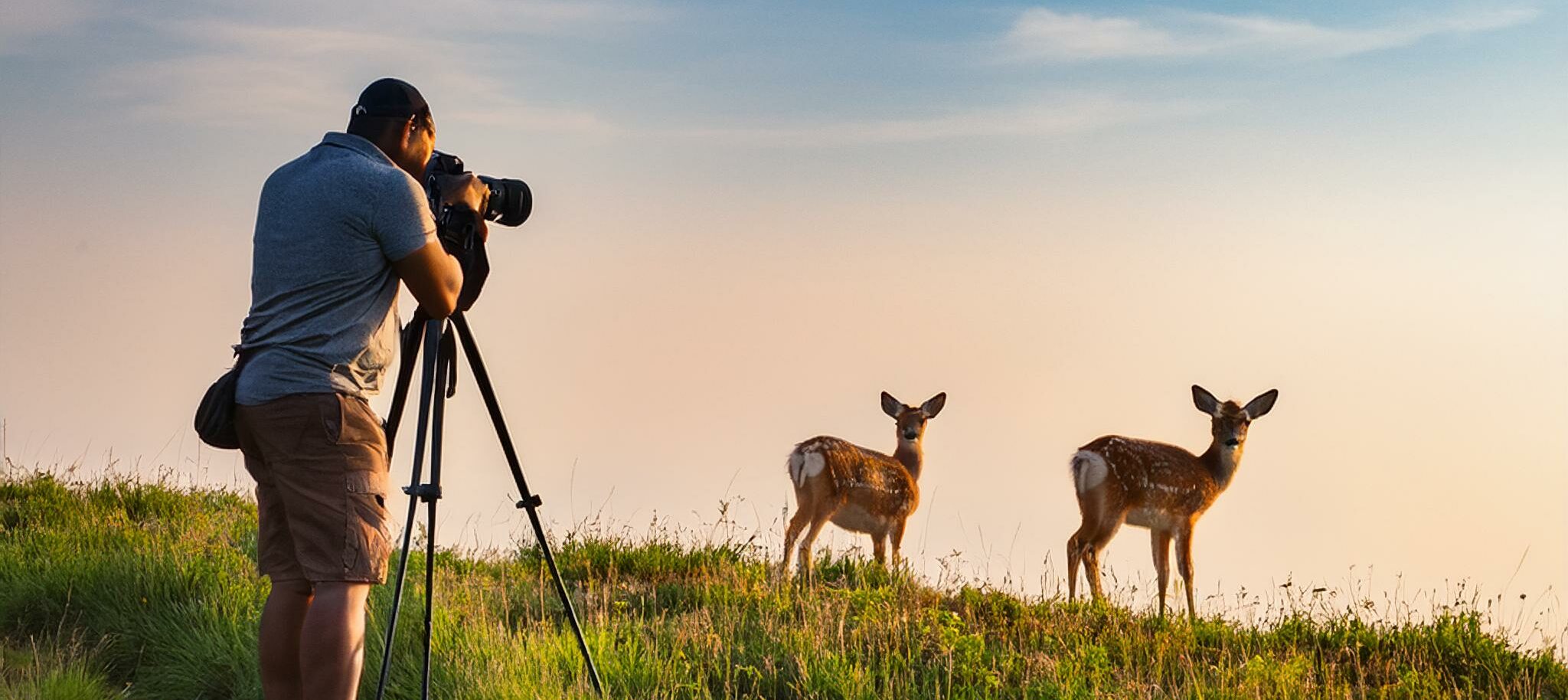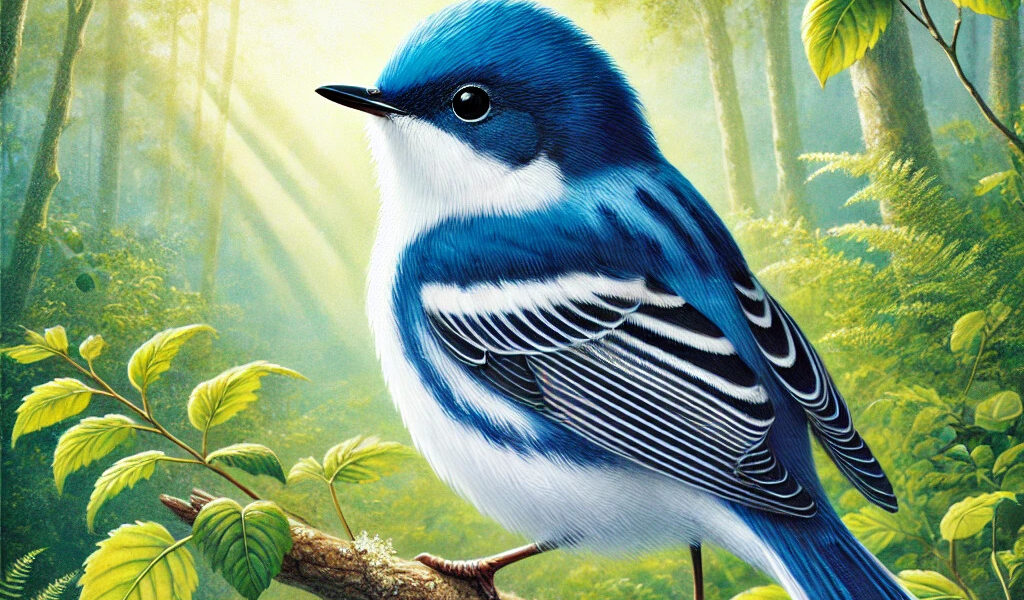Beavers are the true architects of the animal kingdom, shaping their world and ours in ways you might not expect. Recognized as a keystone species, these industrious creatures have a huge role in maintaining biodiversity in their environments.
A closer look at their habitats reveals a complex network of rivers, streams, and wetlands that are far more than just safe havens for the beavers. They’re ecosystems bustling with life, supported by the beavers’ ingenious modifications. Every tree these furry engineers topple is like laying bricks for biodiversity, making them vital for ecological balance.
Think of beavers as environmental balance champions. Their building projects create wetlands, which serve as natural filters for water, trap carbon, and prevent erosion. It’s not just about survival; it’s about creating a thriving environment that many other species rely on.
What sets beavers apart as master builders? Their behavior is centered around creating and defending watery sanctuaries. They have an uncanny ability to adapt their strategies to protect against predators while ensuring food access, which makes them unique in the animal kingdom. It’s like watching the ultimate survival show starring beavers! Their actions speak volumes about their natural engineering skills, turning simple landscapes into blueprints of survival and ecology.
The Anatomy of a Beaver’s Dam: Structure and Purpose
Ever stopped and thought about the real deal behind those beaver dams? They’re not just haphazard piles of wood and mud; they’re intricate pieces of engineering mastery. A beaver’s dam is its fortress, providing protection from predators and creating the ideal habitat for their family and other species.

The purpose behind these dams is all about stability and shelter. By transforming streams into ponds, beavers create a safe zone from terrestrial threats. They’re turning a simple flow of water into a moat around a watery empire. This modification helps them store food for the harsh winter months, ensuring they can survive year-round without venturing far from safety.
Now, how do these furry architects get it done? They’re experts in resource management, selecting trees and branches with precision, often stripping smaller twigs for insulation and structural support. It’s fascinating to watch how they never just ‘wing it’—it’s all part of a carefully orchestrated plan.
But it’s not just about beaver ambitions. Their dam-building activities profoundly impact local ecosystems by creating wetlands that act as natural water filters, reducing downstream flooding, and enhancing water quality. Imagine an entire section of river being reshaped to support not just beavers, but also fish, birds, and a vast array of aquatic insects.
For those pondering the larger environmental impacts, each dam is a case study showcasing nature’s best practice for water management and resilience building. Beavers stand out as environment managers executing plans humans could only dream of mimicking.
Daily Life of Beavers: Routine Activities Unfold
Peeking into the daily routines of beavers, you’ll quickly discover that they’re either busy or recharging energy for their next big project. It’s a life full of tasks—building, maintaining, foraging, and socializing, each as crucial as the other.
Their foraging habits are like a well-rehearsed dance. Beavers are mainly nocturnal, so they spend their nights nibbling on trees, bark, and aquatic plants. It’s all about stocking up food to hunker down in colder seasons. They’ve got to be organized, hoarding extra supplies to ensure a hearty meal when the water freezes over.
Family dynamics inside the lodge reveal a social structure that’s close-knit and cooperative. A beaver lodge isn’t just a building; it’s a home filled with hustle and bustle. Inside, parents, affectionately termed ‘kits,’ and sometimes even older offspring make up a little community where everyone has a role. Think of it as the quintessential family business, where tasks are shared, goals are aligned, and every little paw contributes to the family’s welfare.
As the seasons change, so do their routines. Spring might see a flurry of repair work after the long winter. The summer could be all about expansion and fortifying their living space, ensuring it can withstand anything Mother Nature throws at them. Everything they do is part of a larger cycle tied closely to the whims of nature, with each season bringing something new to their busy agenda.
Understanding these daily rhythms not only highlights their adaptability but also paints a picture of ecological interdependence. The everyday activities of beavers are woven directly into the health and function of their environment, making them a real powerhouse for ecology.
Beaver Communication: Signals and Senses
Beavers don’t just rely on building skills to keep their world turning—they’re also masters of communication. These creatures have a rich vocabulary, which goes beyond simple sounds to involve actions and scents that carry clear messages to others.

(I don’t think this is how they communicate…Ha Ha!)
When it comes to vocalizations, beavers make soft, plaintive squealing sounds, especially between kits and their parents. It’s their way of keeping track of each other, signaling everything from distress to hunger.
But what’s communication without a bit of flair, right? That’s where the signature tail slap comes in, a move that not only announces danger but also ensures everyone’s on high alert. It’s powerful enough to be heard across a large area, effectively warning others to take shelter, making the tail slap a signature communication tool in the wild.
Scent marking is another important aspect, employing castoreum, a substance that’s got all the beaver ‘social media’ details. It’s less about words and more about pheromones, leaving marks on mud piles to establish and defend territories. It says, ‘this is mine; keep out’ without uttering a sound.
Every behavior has its place in peacemaking within their watery communities. Whether shrugging off a threat or coordinating around the lodge, understanding these signals helps us deepen our appreciation of their complex social tapestry.
Conservation Challenges: Protecting Nature’s Engineers
Beavers have a lot on their plate, and it’s not just about dam maintenance or family life. They’re facing real-world issues that hinge heavily on our understanding and actions. Habitat destruction, pollution, and climate change press down hard on their survival, making human intervention more crucial than ever.
It’s easy to see why conservation efforts matter. Beavers play a pivotal role in maintaining water systems and biodiversity. Every dam they build contributes significantly to environmental resilience and climate change adaptability, acting like sponges that curb flood impacts and foster lush wetland ecosystems.
The challenges beavers face aren’t just isolated to them; they’re problems that echo across entire ecosystems. Protecting beaver habitats leads to thriving environments. By championing beaver-friendly policies and practices, humans can give these industrious rodents a fighting chance.
There are some cool strategies at play here. Creating beaver-friendly zones, developing coexistence programs with local communities, and educating people about their benefits go a long way. It’s all about finding that balance where humans and beavers share spaces sustainably.
Taking steps toward conservation can empower communities to be stewards of the natural world, turning the tide on current environmental challenges. It’s about realizing that by helping beavers, we’re essentially aiding our planet—a partnership with nature’s engineers that’s both wise and generous.





